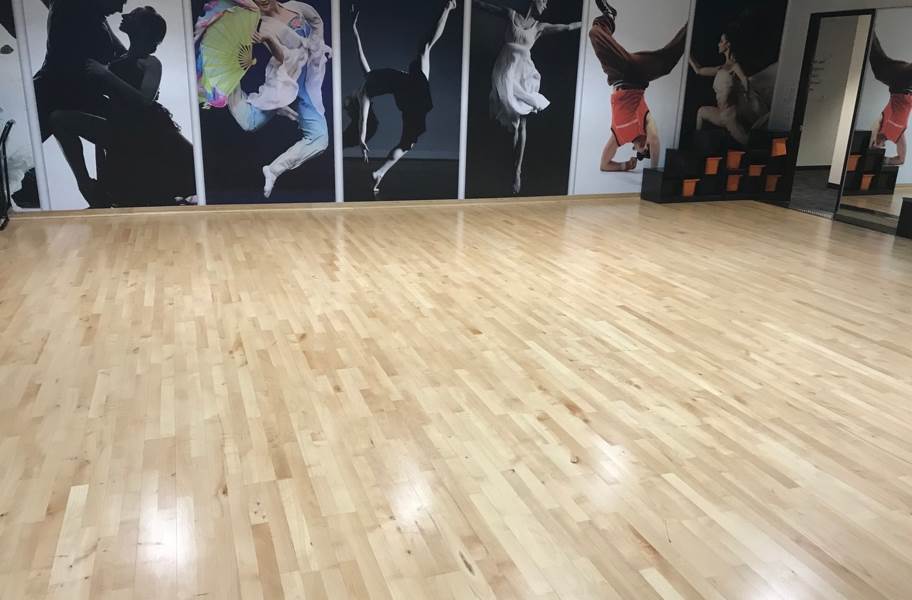Dancing is a well-liked activity that brings people collectively, regardless of at a gathering, a dance venue, or a special event. However, although dancing can be a lot of enjoyment, it is crucial to keep safety in mind. The dance area can present various hazards that may lead to accidents or mishaps if not managed properly. By identifying and preventing these common hazards, function organizers and dancers can guarantee a secure and enjoyable experience for all.
One of the major notable hazards on the dance area is the risk of slipping up or falling. This can happen due to spills, uneven surfaces, or crowded spaces. To avoid these incidents, it is important to keep up a tidy and dry dance area. Event organizers should regularly check the area for any leaks or obstacles and remove them up right away. Furthermore, ensuring that the dance floor is well-lit can help dancers see potential hazards, reducing the chances of falling. Dancers should also be mindful of their environment, steering clear of packed areas where they may be shoved or stumbled.

Another frequent issue on the dance area is the potential for injuries caused by too many people. When too many individuals gather in one area, it can lead to collisions, bruises, and even more serious injuries. To avoid overcrowding, venues should set a limit capacity for the dance floor and oversee it closely. Event organizers can use barriers or cords to create designated areas for dancing, which can help manage crowd movement. Additionally, encouraging dancers to be conscious of their personal area and to respect others can create a more secure environment for all.
Injuries can also occur from unsuitable footwear. Using shoes that are not suitable for dancing can lead to falls, injuries, or foot damages. Dancers should choose footwear that provides proper support and grip. Event organizers can encourage guests their website to choose appropriate shoes by adding this information in invitations or messages. Providing a place for dancers to store their shoes can also assist keep the dance floor safe and clear from potential hazards.
Lastly, it is essential to recognize the significance of health and wellness on the dance floor. Staying hydrated is important, especially during extended periods of dancing. Dehydration can lead to lightheadedness, fatigue, and other health concerns. Event organizers should provide water stations or invite guests to carry water bottles. Additionally, it is imperative for dancers to listen to their bodies and take review pauses as necessary. By promoting a healthy environment, everyone can savor dancing while minimizing the risk of health-related concerns.
In summary, ensuring safety and pleasure on the dance area requires awareness and proactive measures. By recognizing hazards such as falls, overcrowding, improper footwear, and health concerns, event coordinators and dancers can collaborate together to create a safe environment. Taking these steps not only prevents mishaps but also improves the overall experience for everyone involved. With appropriate precautions, the dance floor can remain a place of fun and community for everyone.